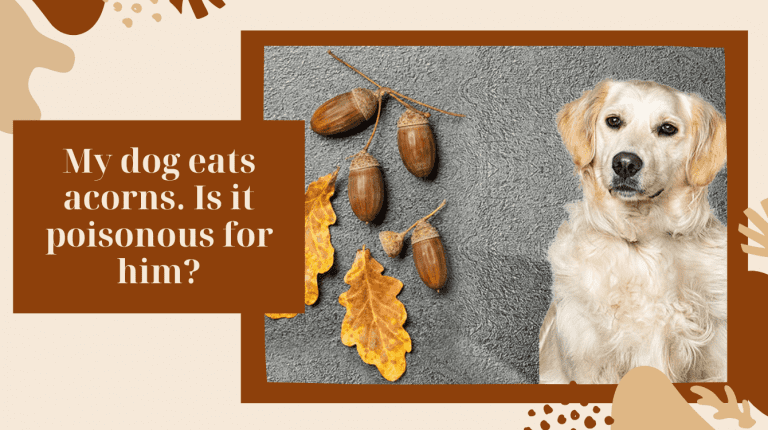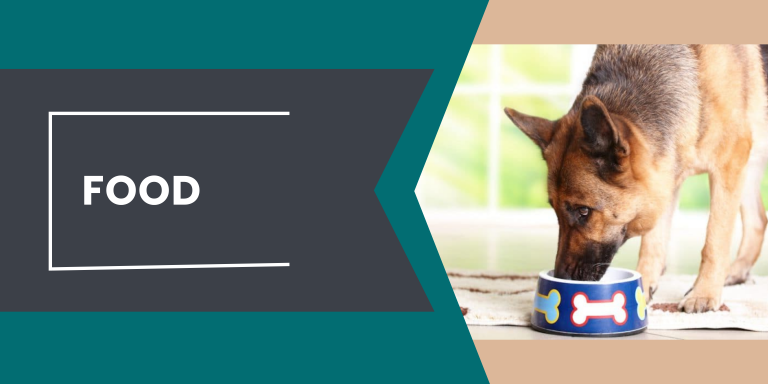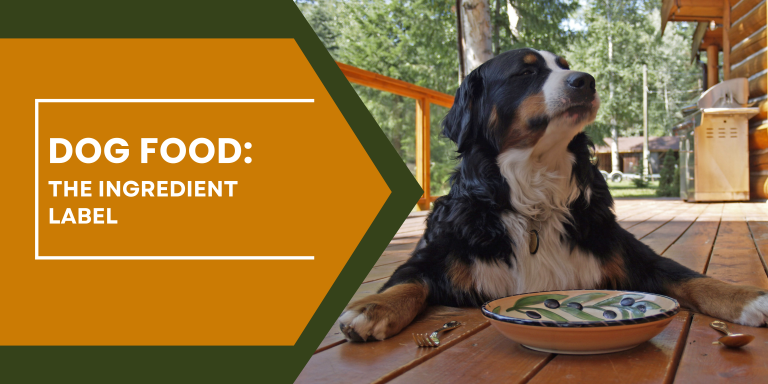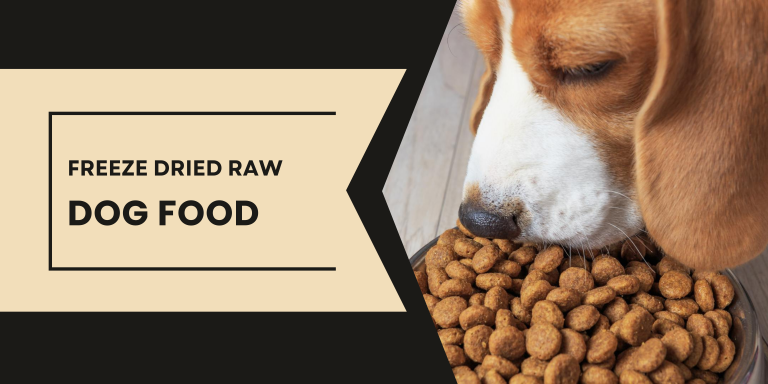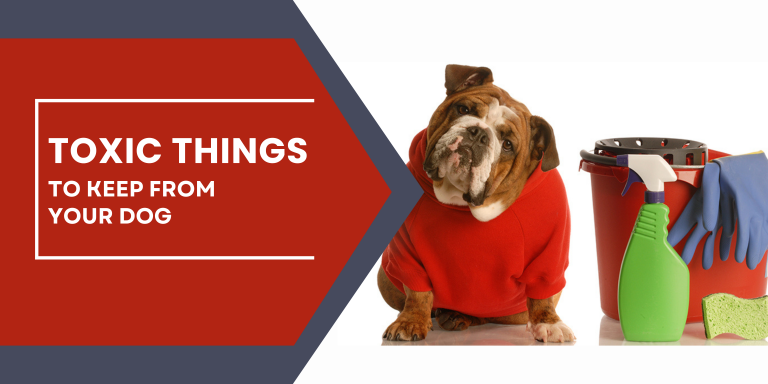FOOD FOR YOUR GSD
Making Good Dog Food Choices
There’s a lot to know about dog food, and between this article and other related ones (Raw Food; Understanding Ingredient Labels; Toxic Things to Keep From Your Dog) you’ll find plenty of useful material. We’re going to look at the two most essential ingredients and we’ll review the different types of commercial dog food. You’ll also get to read about some alternative diets. Giving your dog the right food means he’ll be happier, look better, need fewer vet visits, and live longer! So feeding your German Shepherd well is a good investment – any way you look at it. We’ll start by reviewing the ingredients dogs need most.
Essential Dog Food Ingredients
Protein is the first priority in dog food. The Association of American Feed Officials (AAFCO) recommends a minimum of 22% protein for growth and reproduction (puppies and pregnant or lactating females), and 18% for maintenance (adult). Protein should be in the form of quality meat or fish ingredients. Avoid products that list corn or corn meal as the first ingredient, since protein provided in this form is not easily digested. Such foods will usually be cheaper, but not a good investment in your dog’s health. As a rule, three or four of the first six ingredients should be animal-based protein. Fat makes food taste good, but is important for a number of other reasons. It is rich in calories, is an important source of energy and it aids in the transport and assimilation of vitamins. In addition a reasonable fat content helps promote a rich and healthy coat. The AAFCO standards for fat content are 8% and 5% respectively for growth/reproduction and maintenance.
Types of Commercial Dog Food
Dry, Wet or Semi-Moist
Dry dog food, or kibbles, is the most popular, cost-effective and healthy type of commercial food. Dry food has about a 10% moisture level, providing the most actual food for the money. It works well for all ages of dogs with the exception of senior dogs with teeth problems where the hardness of dry food can make for painful chewing. Dogs on a dry food regimen will drink more water. Some dogs find dry food uninteresting, in which case it can be served with some wet or semi-moist food added to make it tastier. Wet food comes in cans or foil pouches and usually contains 60 to 70% water, but it can be as high as 75%. Therefore the serving sizes must be larger in order to give your dog the nutrition he needs. This makes wet food a more expensive option. Feeding a large dog with wet food requires an especially large volume of food. Semi-Moist dog food contains high amounts of sugar which is detrimental both for a dog’s teeth and internal wellbeing. It is therefore not a good regular food choice, but alright in small quantities as an occasional treat. It can be pressed into little balls for convenient snacks.
Quick Facts on Dog Food Labeling
A good dog food will provide quality ingredients in appropriate balance. It will be free from harmful chemicals, hard-to-digest ingredients and those of low nutritional-value. The Association of American Feed Control Officials (AAFCO) provides minimum nutrient standards for dog foods based on controlled food studies. If you look at the labels on dog food packages or cans, you should see a designation for adults (“maintenance”), or for puppies and pregnant/lactating females (“growth and reproduction”). The words “complete and balanced” indicate that the food meets the minimum requirements of the AAFCO. From this you will know that, according to their standards, the minimum acceptable quantities and proportions of proteins, fats, calcium and supplements are present. What you will not know is the quality and digestibility of the ingredients. Therefore, for further guidance we’ve provided an article on the subject: Dog Food: Understanding the Ingredient Label.
Alternative Diets for Dogs
Homecooked Meals
It’s fine to supplement your dog’s diet with some tidbits of human food. However, if you intend to cook all your dog’s food, you will need to make sure the appropriate nutrients are included, since your dog’s dietary needs are different from a human’s. You might find our article on Raw Food helpful in this respect.
Raw Diets
A raw diet, or ancestral diet as it is also called, is designed to approximate what your dog’s ancestors would have eaten in the wild. It consists mainly of raw meat (both muscle and organs) and bones, along with some fruit and vegetables. It has the advantage of being high in protein and fat, while lower in carbohydrates. Originally advocated in the 1990’s by the Australian veterinarian Ian Billinghurst, the raw diet has been controversial. Some claim great success with feeding their dogs a raw diet. Those opposed to it cite concern over the prospects of harmful bacteria. In addition they feel raw diets often lack the full range of nutritional elements. Interest in raw diets for dogs is on the increase, and various commercial products are available, many comprising frozen meats. If you are considering this for your dog, the key to success will be to do your own research and to gain the appropriate knowledge to do it right. For an in depth look at this interesting topic see our full article: Raw Food Diets for Dogs: Facts & Tips.
Meal Schedule
It is recommended that you have set mealtimes for your dog as opposed to free-feeding, where food is left out for the dog to eat at will. The latter can lead to overeating, contamination, fussy eating by the dog, and the possibility of other animals or young children getting into the food. Very young pups should eat on a regular schedule three to four times a day. After three to six months, a regimen of three meals a day is appropriate. Another benefit of scheduled mealtimes, is you’ll know right away if your dog is not well, if he lacks interest in a meal. Quantity: You can follow the recommendations on the food package, giving portions as indicated for the age and weight of your dog. But for young puppies under the age of three months, it is a good idea to let them eat as much as they want in 15 minutes, after which you remove the food bowl until the next mealtime.
Dog Food Taboos
We have prepared a separate article on the topic of toxic things to keep from your dog.The information in this piece should be considered an indispensable part of any dog owner’s toolbox.
Owner of a Young Pup?
We have been getting a number of questions from new puppy owners – things like, when should a pup first go on solid foods; how often should a pup be fed; and, when to transition to adult dog food? So we did a blog post all about feeding puppies. Click this link to see our blog post: Puppy Feeding Primer.
Read More: Tinkle Bells For Dogs
Related Links:
- https://en.wikipedia.org/wiki/German_Shepherd /By Wikipedia
- https://en.wikipedia.org/wiki/Dog_food /By Wikipedia
- https://en.wikipedia.org/wiki/Frozen_food /By Wikipedia
- https://www.wikihow.com/Choose-Healthy-Dog-Food /By Wikihow
- https://www.wikihow.com/Take-Care-of-a-German-Shepherd /By Wikihow
- https://www.wikihow.pet/Feed-a-Dog /By Wikihow
- https://www.wikihow.com/Choose-Healthy-Dog-Food /By Wikihow


